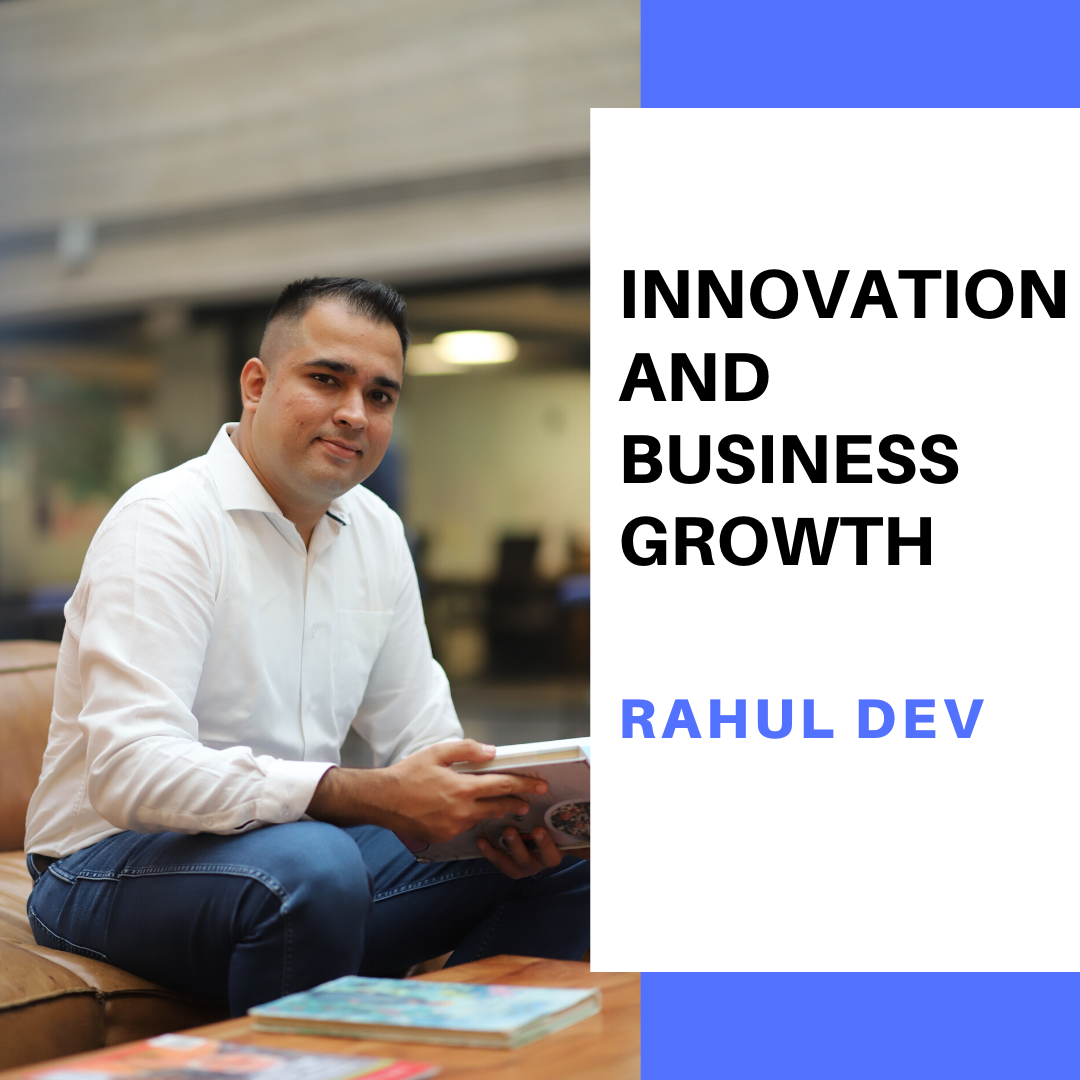To complete the patent process, patent applicants seek the assistance of a patent attorney. Patent attorneys work with clients under a law firm structure or as individual practitioners. Various patent services provided by the patent attorneys include client counseling, managing patent preparation and prosecution, rendering legal opinions with respect to patentability, patent validity and freedom to operate; advising on intellectual property aspects of agreements, and, as needed, supporting patent litigation, due diligence reviews and intellectual property-related transactional work covering patent licensing and patent valuation reports.
Law Office of Patent Attorney Rahul Dev offers high value software patent drafting and patent due diligence services to clients by using proprietary and efficiently proven process along with a fixed fee costs, for performing comprehensive patent investigations and providing clients with strong patent reports for decision making.
We provide comprehensive Patent and Trademark legal services via our global network to create valuable patent portfolios and resolve complex patent disputes by providing patent litigation support services.
Our team of advanced patent attorneys assists clients with patent searches, drafting patent applications, and patent (intellectual property) agreements, including licensing and non-disclosure agreements.
Advocate Rahul Dev is a Patent Attorney & International Business Lawyer practicing Technology, Intellectual Property & Corporate Laws. He is reachable at rd (at) patentbusinesslawyer (dot) com & @rdpatentlawyer on Twitter.
Quoted in and contributed to 50+ national & international publications (Bloomberg, FirstPost, SwissInfo, Outlook Money, Yahoo News, Times of India, Economic Times, Business Standard, Quartz, Global Legal Post, International Bar Association, LawAsia, BioSpectrum Asia, Digital News Asia, e27, Leaders Speak, Entrepreneur India, VCCircle, AutoTech).
Regularly invited to speak at international & national platforms (conferences, TV channels, seminars, corporate trainings, government workshops) on technology, patents, business strategy, legal developments, leadership & management.
Working closely with patent attorneys along with international law firms with significant experience with lawyers in Asia Pacific providing services to clients in US and Europe. Flagship services include international patent and trademark filings, patent services in India and global patent consulting services.
Global Blockchain Lawyers (www.GlobalBlockchainLawyers.com) is a digital platform to discuss legal issues, latest technology and legal developments, and applicable laws in the dynamic field of Digital Currency, Blockchain Patents, Bitcoin, Cryptocurrency and raising capital through the sale of tokens or coins (ICO or Initial Coin Offerings).
Blockchain ecosystem in India is evolving at a rapid pace and a proactive legal approach is required by blockchain lawyers in India to understand the complex nature of applicable laws and regulations.


